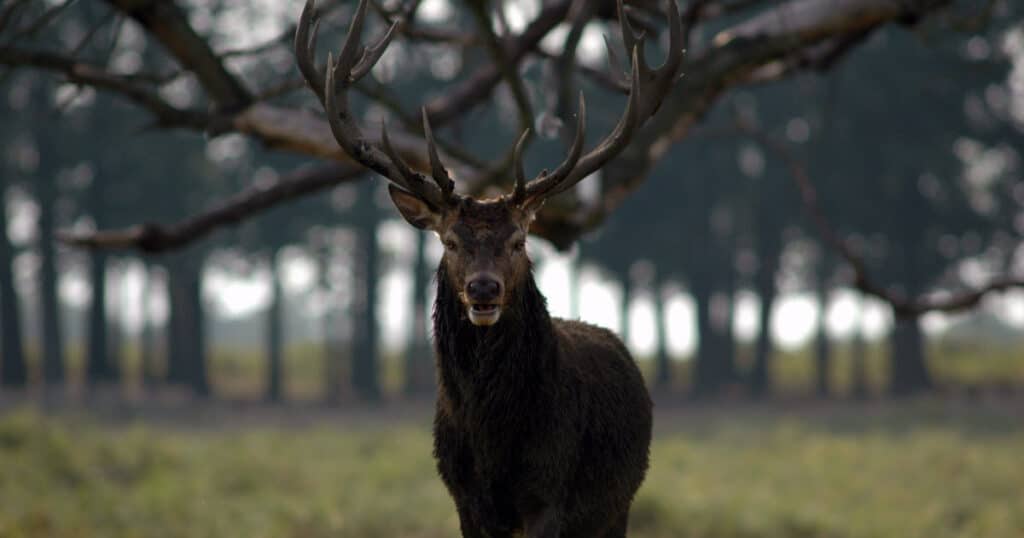It sounds a bit alarming, doesn’t it? While zombie deer disease is certainly dangerous to deer, it doesn’t actually turn them into zombies. Nevertheless, it will eventually lead to their death. So what is Zombie Deer Disease, how do deer get it, and what happens to the deer who contract this deadly disease? We’ll explore in this article.
The term zombie deer disease seems to come from the fact that the protein responsible for the disease isn’t a living organism like a virus or bacterium.
Zombie deer disease is a popular topic among hunters, wildlife biologists, and others who spend time in the great outdoors. Abnormal prions cause the disease. These are misfolded proteins, and they adversely affect the animal’s nervous system.
So, What is Zombie Deer Disease?
Zombie deer disease is another name for chronic wasting disease (CWD). It is a kind of prion disease that impacts deer, as well as their larger counterparts – moose and elk. Prions, which are behind this disease, are abnormal proteins that infect the animal and force proteins in the deer’s body to fold in a way they shouldn’t. This especially affects the spinal cord and brain, where the disease will eventually create holes that eventually lead to death.
It’s Similar to Other Diseases You May Have Heard Of
Zombie Deer Disease is related to BSE (bovine spongiform encephalopathy), otherwise known as mad cow disease. Like mad cow, this is a type of TSE (transmissible spongiform encephalopathies). These are diseases that create holes in the brain, giving it a sponge-like appearance.
What Locations Have Deer with CWD?
Chronic Wasting Disease grows in severity over time, and it always leads to a deer’s death. This disease is currently found in a minimum of 24 states in the United States, as well as two Canadian provinces. Other places in the world with Zombie Deer Disease are South Korea, Finland, and Norway.
The first deer with chronic wasting disease were found in the 1960s, in the state of Colorado. Since that time, this disease has made its way into other states, including ones on the east coast and in the Southeast and Midwest.
How Does it Spread?
This disease is spread between deer when an animal makes direct contact with infected body fluids or body tissue. This may include urine, feces, saliva, and blood.
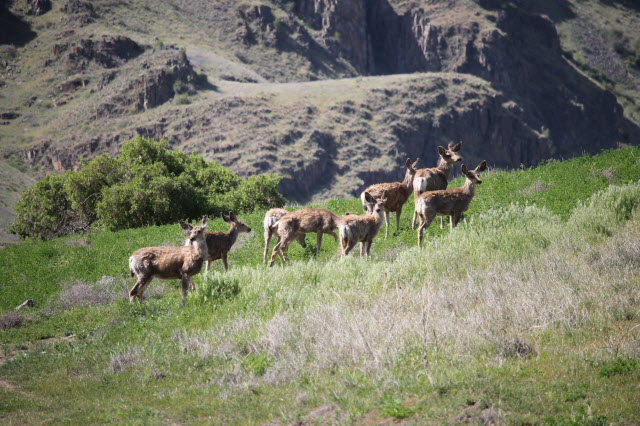
This disease tends to spread quickly in deer populations. The risk of the disease spreading from an animal remains even after the deer dies. If this disease becomes common in an area, between 10 to 25 percent of the deer population will soon get infected.
It’s possible for a deer to have chronic wasting disease without showing any symptoms for an extended period of time. This could be months or even years. However, symptoms will eventually show up and worsen.
Common Symptoms
Some symptoms of zombie deer disease include:
- Stumbling
- Significant weight loss
- Clumsiness
- Aggression
- Excessive urination or thirst
- Drooling
- Boldness
Deer with zombie deer disease often don’t have their normal fear of people and can end up being more likely to be shot by hunters.
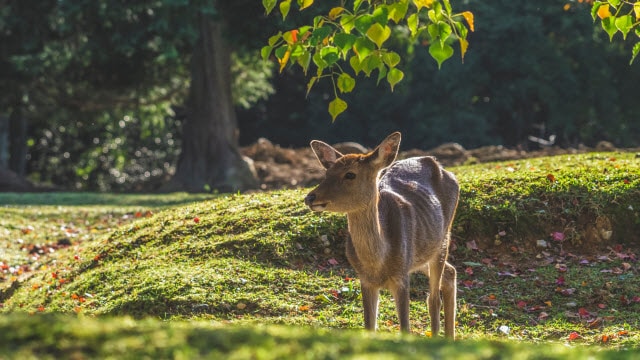
Deer often start having symptoms about a year after first infected. The first symptoms often present as confusion, stumbling, and listlessness.
Dramatic weight loss will also appear. This is why CWD is called a wasting disease.
More About Zombie Deer Disease Transmission
Zombie deer disease is transmitted through contact with infected bodily fluids, such as urine, feces, and saliva. One common way deer will catch this disease is if a member of their herd is infected and stumbles around them, contaminating them with its saliva.
There can be aerosol transmission, and the land on which the deer graze can quickly become contaminated which will infect the entire herd.
The infectious agents of CWD are extraordinarily resistant to decomposition. This means that they will stay intact even when exposed to environmental factors for long periods of time.
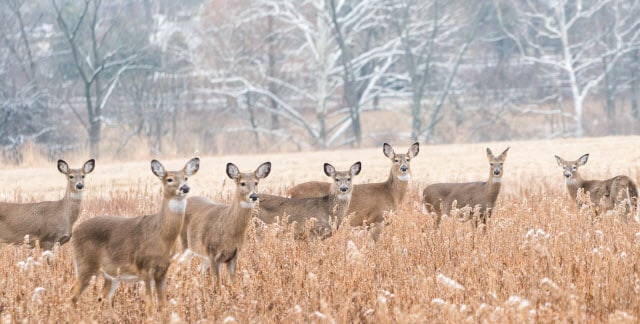
This is why it is found in decomposing deer carcasses (when the deer has died of zombie deer disease).
At the present time, there is a lack of effective decontamination processes for getting rid of zombie deer disease infectious agents on an area of land.
If a deer in your area has it, many other deer will likely become ill as well.
How Does Zombie Deer Disease Affect Deer?
Let’s explore how zombie deer disease impacts individual deer and deer populations.
The brain infection not only impacts (and eventually leads to the death of) the afflicted deer, it inevitably spreads to the other deer in the herd.
When a deer has this disease, it will slobber a lot and stagger when around other members of the herd. This means that the other herd members will almost inevitably get the infection.
Of course, other deer in the herd will also come into contact with urine and feces from the infected deer, which can also lead to infection.
A deer with zombie deer disease will end up with holes throughout its brain.
Concerns About Controlling the Spread
There has been growing worry about zombie deer disease and the fear of its spread getting out of control.
Some experts have argued for more attentive measures for controlling zombie deer disease (CWD). These might include better surveillance and more education of the public (for example, hunters) on the disease and its risks.
If you are a hunter or spend time in areas with deer, you risk touching objects that deer have also touched.
Where Did Zombie Deer Disease Originate?
Scientists haven’t yet determined the exact origins of zombie deer disease. It’s possible that they may never be able to figure it out definitively.
The first time the syndrome was identified was in the late 1960s, when a captive mule deer in Colorado had the disease. It wasn’t actually classified as a disease until about a decade later.
It’s possible that the disease may have already been a problem in free-range mule deer since the early 1960s.
One Theory About its Origins
Some experts believe that the origins of zombie deer disease may have been in an illness called scrapie. Scrapie is a TSE found in domestic sheep, and it was first identified in the United States in 1947.

There is a theory that deer may have come into contact with sheep carrying the scrapie infection either in captivity or in shared pastures in the Rocky Mountains area, specifically the front range. This is an area where there was a great deal of sheep grazing in the early part of the 20th century.
Norway as a Potential Source
It’s possible transmission may have happened in other places, too. There may have been more than one place of origin for zombie deer disease. An example is in an area of Norway where chronic wasting disease was identified in a population of wild reindeer.
There were a lot of sheep grazing in that region as well.
Another possibility is that zombie deer disease developed spontaneously, and that its biological features are exclusive to only elk and deer.
What to Do if You See a Deer with Zombie Disease
If you have seen a deer with zombie deer disease, you might wonder what you are supposed to do.
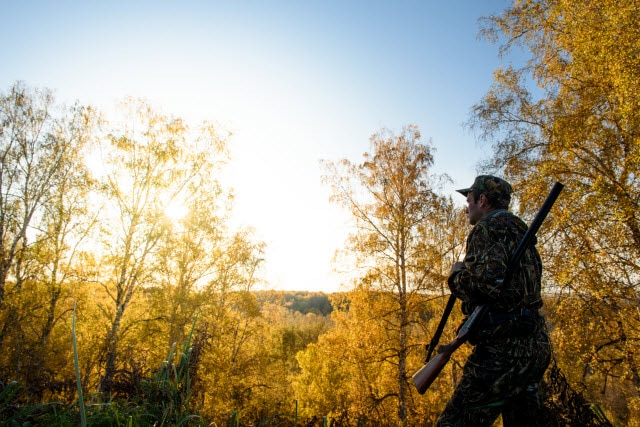
First of all, make sure you do not touch the animal.
You should also report what you see to local wildlife authorities. Of course, you should also report if you see any dead deer. CWD may have killed them.
Wildlife authorities need to be told about the deer with suspected CWD, so they are aware the disease may be in the area. There are steps they can take to try to deal with this once they have the information.
Hunters and other outdoorsmen and outdoorswomen can play an important role in containing CWD and limiting its spread in local deer populations.
Can Humans Get Zombie Deer Disease?
There is no evidence that humans can contract or develop zombie deer disease (chronic wasting disease). You should be aware, though, that it’s been shown certain kinds of monkeys can catch this disease.
There seems to be a faint chance that there may be circumstances under which humans could get it.
We’re living in a time when we can all remember the extraordinary impact of an unknown infection in humans, so caution should certainly be exercised when around a deer that may have CWD.
If it were possible that humans could contract chronic wasting disease, it would most likely be through eating meat of a deer with the disease.
If you live in an area with a high prevalence of this disease in the deer population, you should either check with the local public health or wildlife authorities about whether you should eat deer meat. You could also look into having the meat tested for the disease.
How to Handle Dead Dear & Deer Meat when CWD is In the Area
There are certain precautions you should take when dealing with deer and deer meat, to protect yourself from any risk of zombie deer disease. Let’s take a look at some of these precautions below:
- Wear gloves whenever you handle a deer or deer meat.
- Never handle or touch deer urine or feces.
- Never eat the lymph nodes, spleen, tonsils, spinal cord, or brain of a deer.
- Avoid cutting through the deer’s spinal cord or brain. You should try not to touch these parts of the deer.
If you are a hunter, never kill a deer that is acting strangely and showing potential symptoms of zombie deer disease.
When you field dress any deer, wear rubber or latex gloves. And never use kitchen utensils or household knives.
No matter what you use, try to cut down on how much you deal with the deer’s organs, especially the spinal cord tissue and brain.
What is Being Done About Zombie Deer Disease?
There are constant surveillance programs to monitor zombie deer disease and try to stop its spread as much as possible. The resources needed to run these programs are costly, and experts are trying to figure out how to get rid of the disease so that they will no longer be needed.
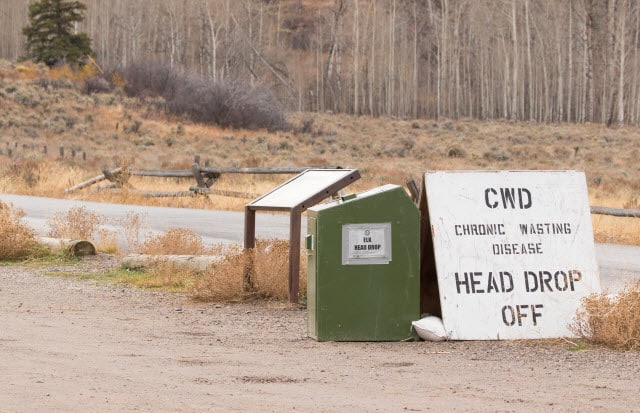
When there is a report of zombie deer disease, steps are taken to change management of deer and elk populations in the wild. Some changes are made to harvest regulations, as well.
When a population of wild deer is heavily infected with zombie deer disease, it almost certainly cannot thrive.
When it is known that a population of deer in a specific area have any level of infection of zombie deer disease, steps are taken to try to prevent human exposure to the illness. While there is of yet no evidence that the disease can spread to humans, there is always a possibility that it could, and authorities try to err on the side of caution.
How Wildlife Agencies are Involved
Some of the state wildlife agencies are proactively collecting and testing wild deer and elk. By doing surveillance for chronic wasting disease (zombie deer disease) they hope to stay ahead of its spread.
There are also several localized and selective culling programs where deer are suspected to have been exposed to the disease. This is done to help slow down spread of chronic wasting disease. There is also research that is being done to better understand, prevent, and detect CWD in deer populations.
Some states in the United States have put in place importation moratoriums on live cervid. This means that live deer cannot be imported into the state. This cuts down on the possibility of CWD being brought to its deer populations.
There are certain states that have also banned moving live deer inside the state. When it comes to importing deer meat, some states have rules. These states only let quarters (without the head or spinal column), cleaned skull plates, processed meat, and boned-out meat be imported into the state.
Are Livestock Susceptible to Zombie Deer Disease?
If you are a farmer, perhaps you are worried that your livestock may come into contact with a deer with CWD.
Fortunately, there haven’t yet been any reported cases of zombie deer disease being transmitted to domestic livestock.
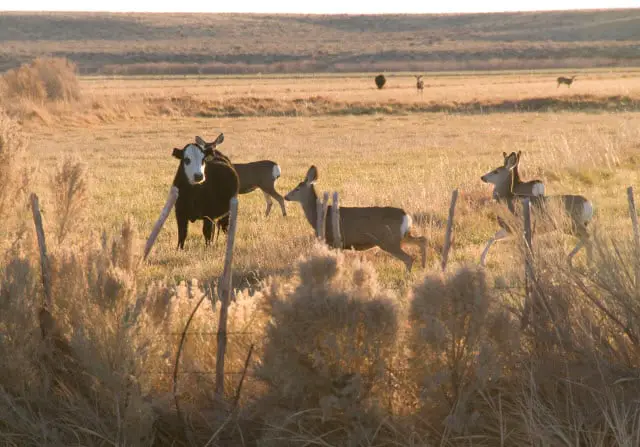
In fact, a University of Wyoming research study found that there was no CWD transmission to cattle even when cows were housed with deer infected with CWD for several years.
However, there have been studies where livestock were injected with the disease. When that was done, it was able to replicate in the livestock. This is why there are still many uncertainties about the possibilities of zombie deer disease’s impact on livestock.
Be aware that there are other prion diseases that do occur in livestock. One example is scrapie disease in sheep (which was mentioned above).
Which Wildlife Species Can Get Chronic Wasting Disease?
There are several species within the cervid (deer) family that can contract zombie deer disease. These include white-tailed deer, mule deer, elk, red deer, reindeer (caribou), and moose.
There have also been reports of deer species in South Korea (such as captive red deer, captive Sika Deer, and captive red deer/Sika hybrids) getting CWD.
They contracted it from captive elk that was imported from the province of Saskatchewan in Canada. Scientists do not yet know whether other kinds of cervids may be susceptible to CWD.
How Does Zombie Deer Disease Spread Around the World?
One way CWD can spread from one area to another is through movement. This can be either human-facilitated, or natural movement of wild and captive animals.
While it’s true that deer can travel long distances and bring CWD to new areas, human-facilitated movement of deer makes the problem much worse.
There is still debate about how much CWD transmission there is between captive and wild deer populations.
While this has certainly happened in some cases, it cannot be said that CWD outbreaks in wild deer primarily come from transmission from infected captive deer or elk.
There is Still a Lot to Learn about Zombie Deer Disease
While quite a bit of research has already been done on zombie deer disease (chronic wasting disease), much more has yet to be learned.
If you are a hunter, you need to be aware of the symptoms of CWD. You also must know what to do if you see an animal that you think has this disease. Make sure to call local wildlife authorities to alert them to the potential presence of chronic wasting disease (CWD) in the aera.
Never get close to or try to capture an animal that you suspect has zombie deer disease. And of course, never touch or eat meat from a deer that potentially died from that disease.

